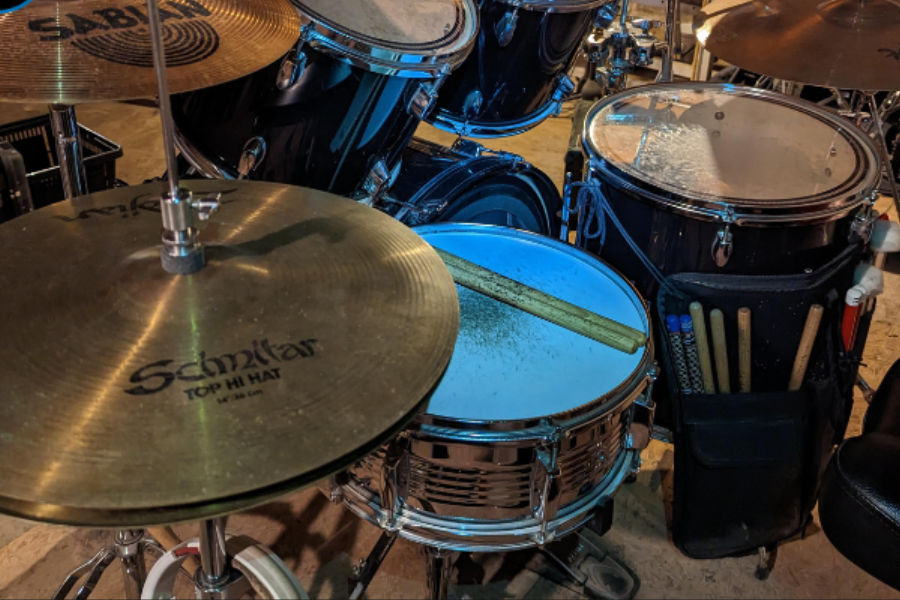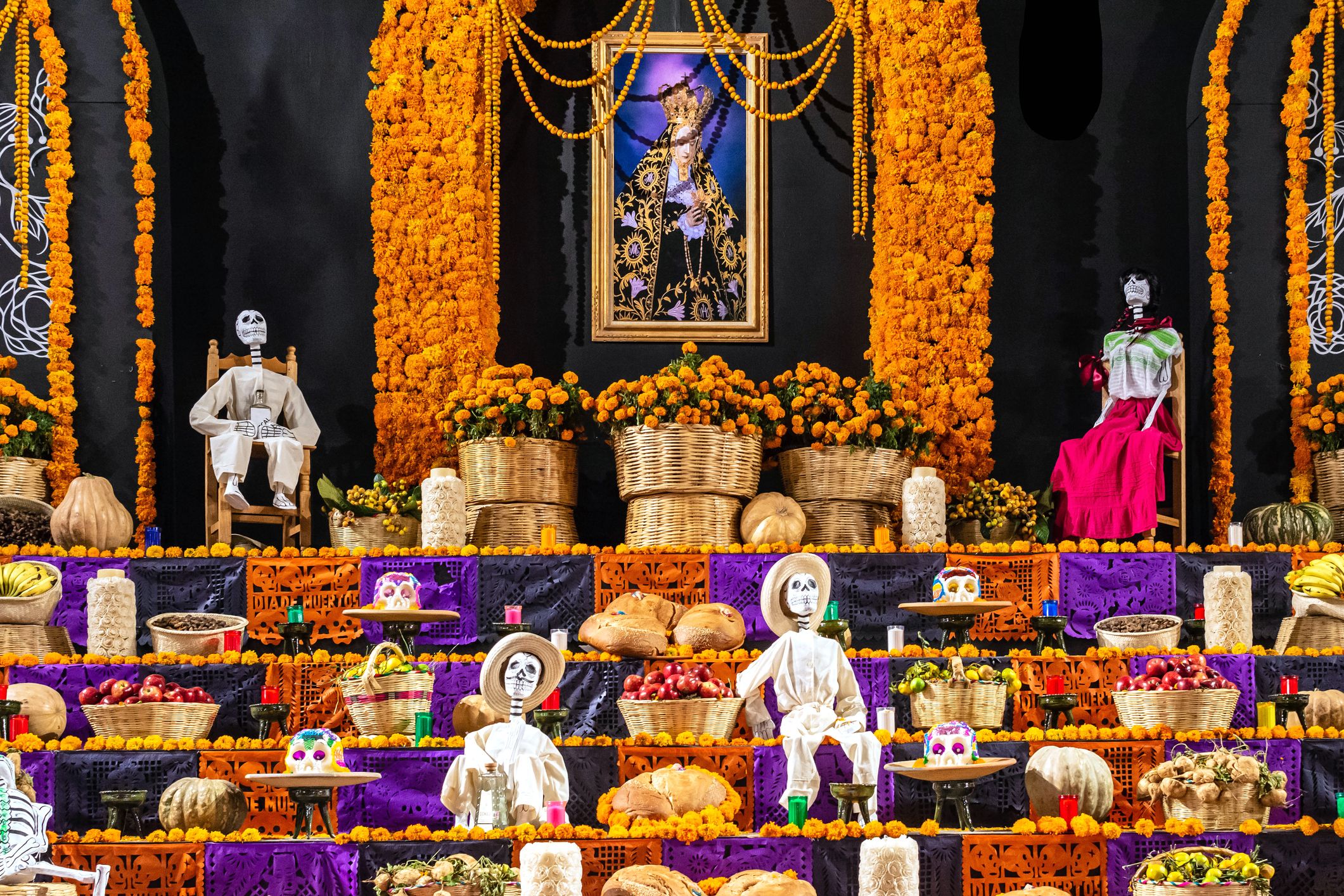The term “scimitar drum” may not be universally familiar, but it carries significant meaning and importance across various contexts. This comprehensive article delves into the essence of the scimitar drum, exploring its historical roots, cultural relevance, and its impact on music and art. By examining the scimitar drum meaning from multiple perspectives, we aim to provide a thorough understanding that goes beyond existing sources. We will address common questions and offer unique insights to deepen your knowledge of this intriguing subject.
What Is the Scimitar Drum?
Definition and Origin
A scimitar drum meaning is a distinctive type of drum characterized by its unique shape, reminiscent of a scimitar—a curved, single-edged sword traditionally used in the Middle East and North Africa. The drum’s name reflects its appearance and the cultural connotations associated with it.
Historical Background
The scimitar drum meaning has roots in ancient civilizations, influenced by cultures from the Middle East, North Africa, and South Asia. Over centuries, its design and construction have evolved, integrating various materials and techniques based on regional practices.
The Significance of the Scimitar Drum in Music
Traditional Uses
In traditional music, the scimitar drum meaning serves both rhythmic and melodic functions. It features prominently in ceremonial and religious performances as well as in folk and classical music. The drum’s unique sound is produced by its distinctive shape and the materials used in its construction.
Modern Interpretations
In contemporary music, the scimitar drum meaning has found new applications and interpretations. Musicians and composers incorporate it into various genres, experimenting with its sound and integrating it into modern compositions. Its rich history and unique tonal qualities make it a valuable addition to a range of musical contexts.
Cultural and Symbolic Meanings
Symbolism in Different Cultures
The scimitar drum meaning carries diverse symbolic meanings across cultures. In some traditions, it represents strength and bravery, while in others, it symbolizes cultural heritage and identity. The drum’s design, echoing the scimitar sword, enhances its symbolic significance.
Role in Ceremonies and Rituals
In certain cultures, the scimitar drum meaning plays a crucial role in ceremonies and rituals, invoking spiritual connections or commemorating significant events. Its use in these contexts underscores its importance beyond mere musical performance, highlighting its role in cultural and spiritual practices.
Construction and Design
Materials and Craftsmanship
Crafting a scimitar drum meaning involves selecting materials and employing craftsmanship with precision. Traditional drums are made from wood, metal, and animal skins, each contributing to the drum’s unique sound and appearance. Modern versions may incorporate synthetic materials and innovative techniques to enhance durability and sound quality.
Design Features
The scimitar drum meaning design is marked by its curved shape, resembling the scimitar sword. This shape influences the drum’s resonance and tonal qualities, distinguishing it from other types of drums. Variations in size, shape, and decoration reflect cultural and regional influences.
The Impact of the Scimitar Drum in Art and Performance
Visual Representation
In art, thescimitar drum meaning often symbolizes cultural heritage and historical significance. It appears in paintings, sculptures, and other visual media, representing its importance in cultural expression and historical narratives.
Performance and Influence
Thescimitar drum meaning influence extends beyond music to performance arts. Its unique sound and appearance make it a compelling element in theatrical and dance performances. The drum’s contribution to the overall experience of a performance underscores its versatility and impact.
FAQs
What is the history of the scimitar drum?
The scimitar drum has a rich history influenced by ancient civilizations in the Middle East, North Africa, and South Asia. Its design and materials have evolved over time, reflecting various regional practices.
How is the scimitar drum used in modern music?
In contemporary music, the scimitar drum is incorporated into diverse genres and compositions. Musicians experiment with its sound, demonstrating its adaptability and ongoing relevance.
What materials are used to make a scimitar drum?
Traditional scimitar drums are crafted from wood, metal, and animal skins. Modern versions may use synthetic materials to enhance durability and sound quality.
What cultural significance does the scimitar drum have?
The scimitar drum symbolizes strength, bravery, and cultural heritage. Its role in ceremonies and rituals highlights its importance in various traditions.
How does the scimitar drum differ from other drums?
The scimitar drum is distinctive due to its curved shape, which affects its resonance and tonal qualities, setting it apart from other types of drums.
Conclusion
The scimitar drum is more than just a musical instrument; it embodies a rich history and cultural significance spanning centuries. Its unique design, symbolic meanings, and diverse applications in music and art make it a fascinating subject of study. By exploring the scimitar drum in-depth, we gain a greater appreciation for its role in cultural heritage and its impact on modern artistic expression. Whether featured in traditional ceremonies or contemporary performances, the scimitar drum continues to captivate and inspire, bridging the past and present through its enduring legacy.
Find detailed insights and updates at Crock knot.





Leave a Reply